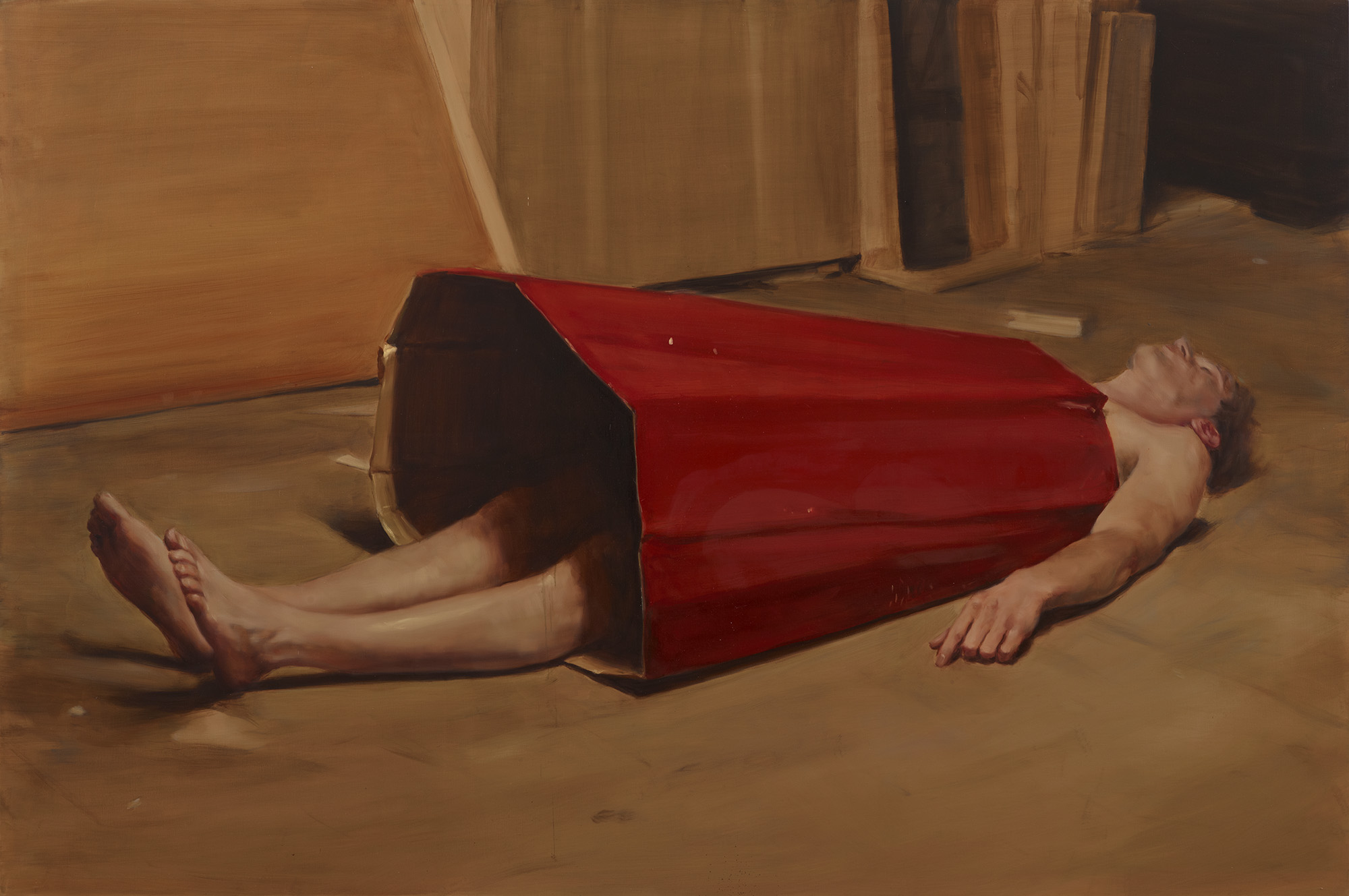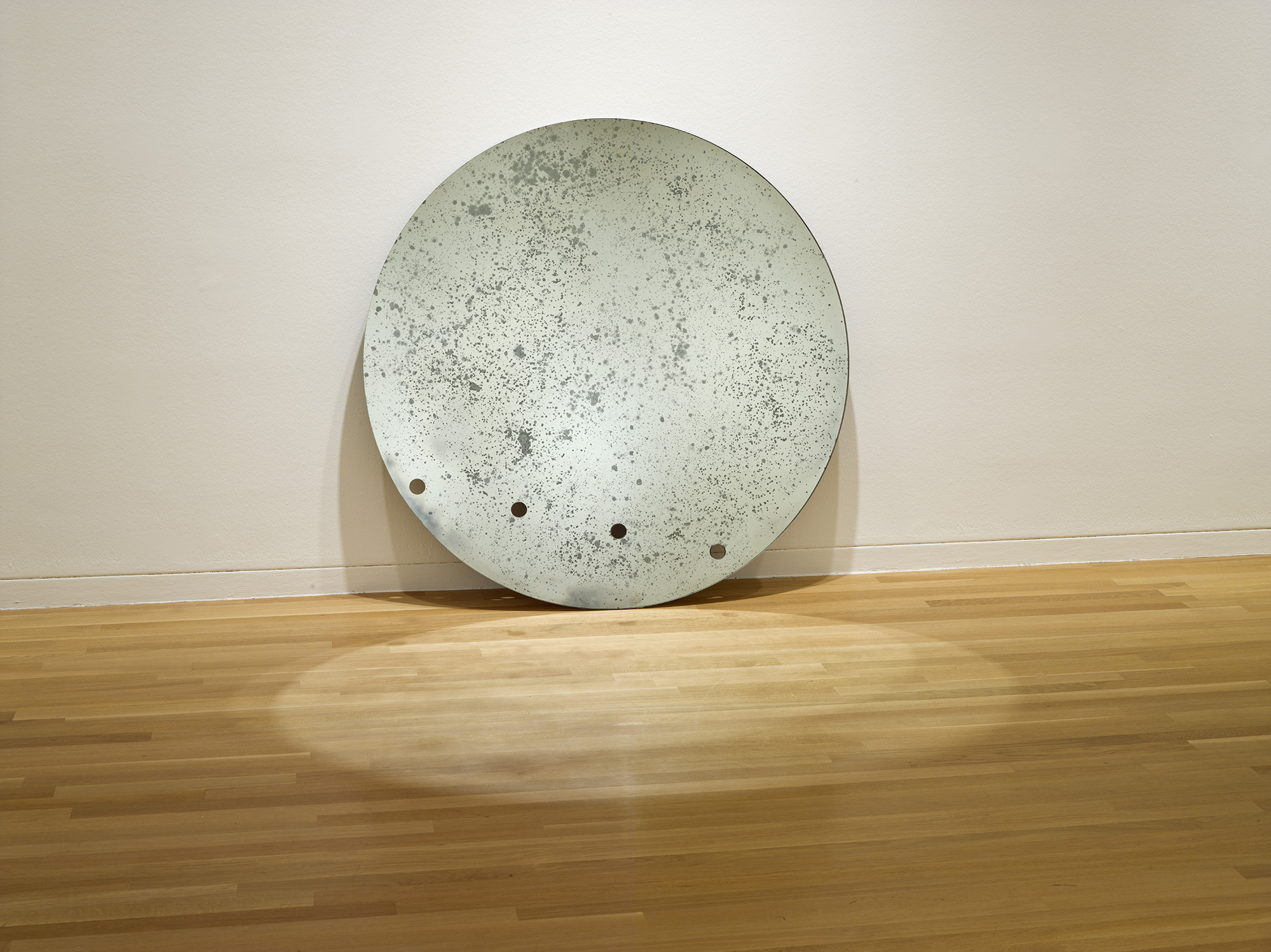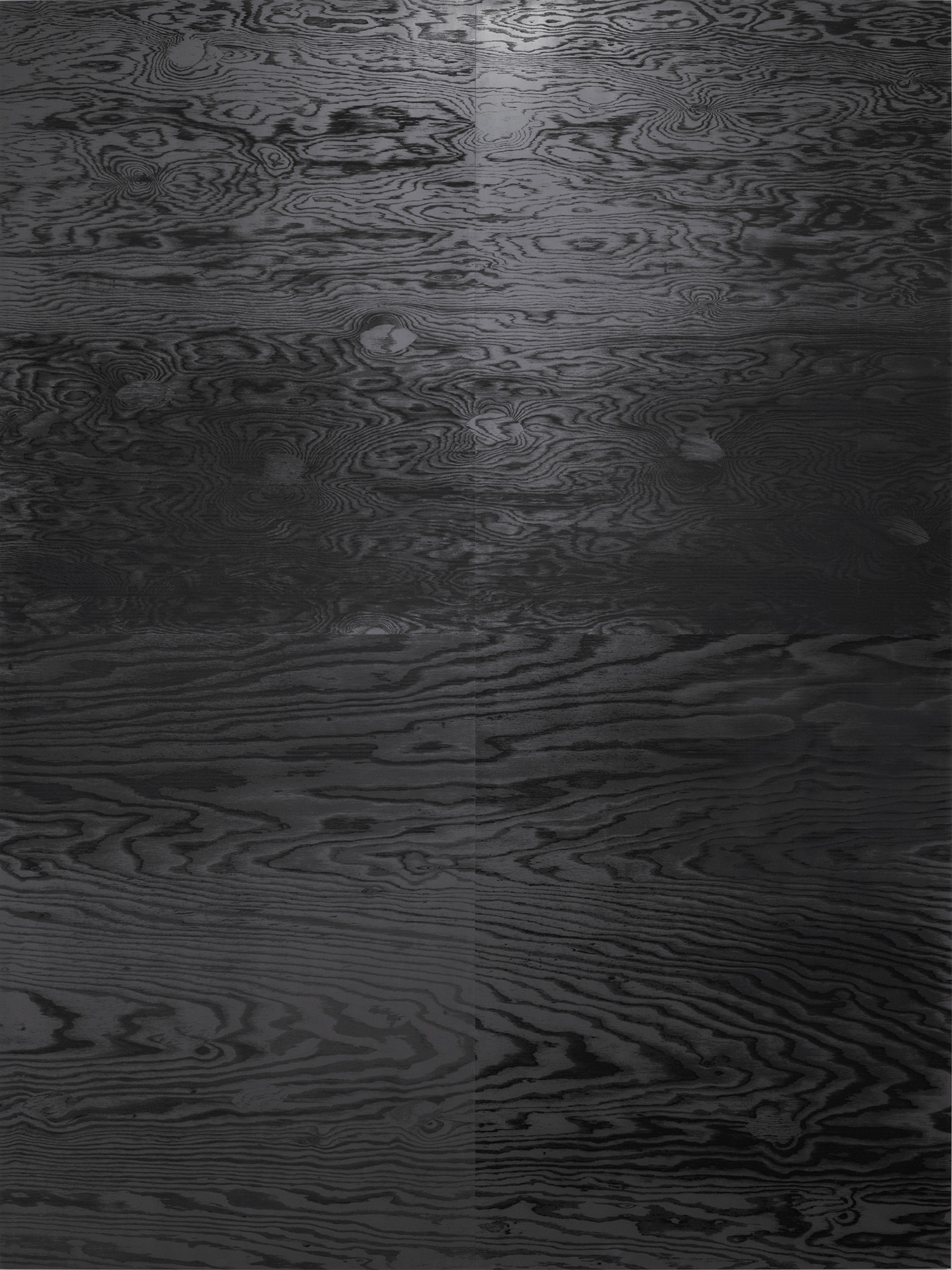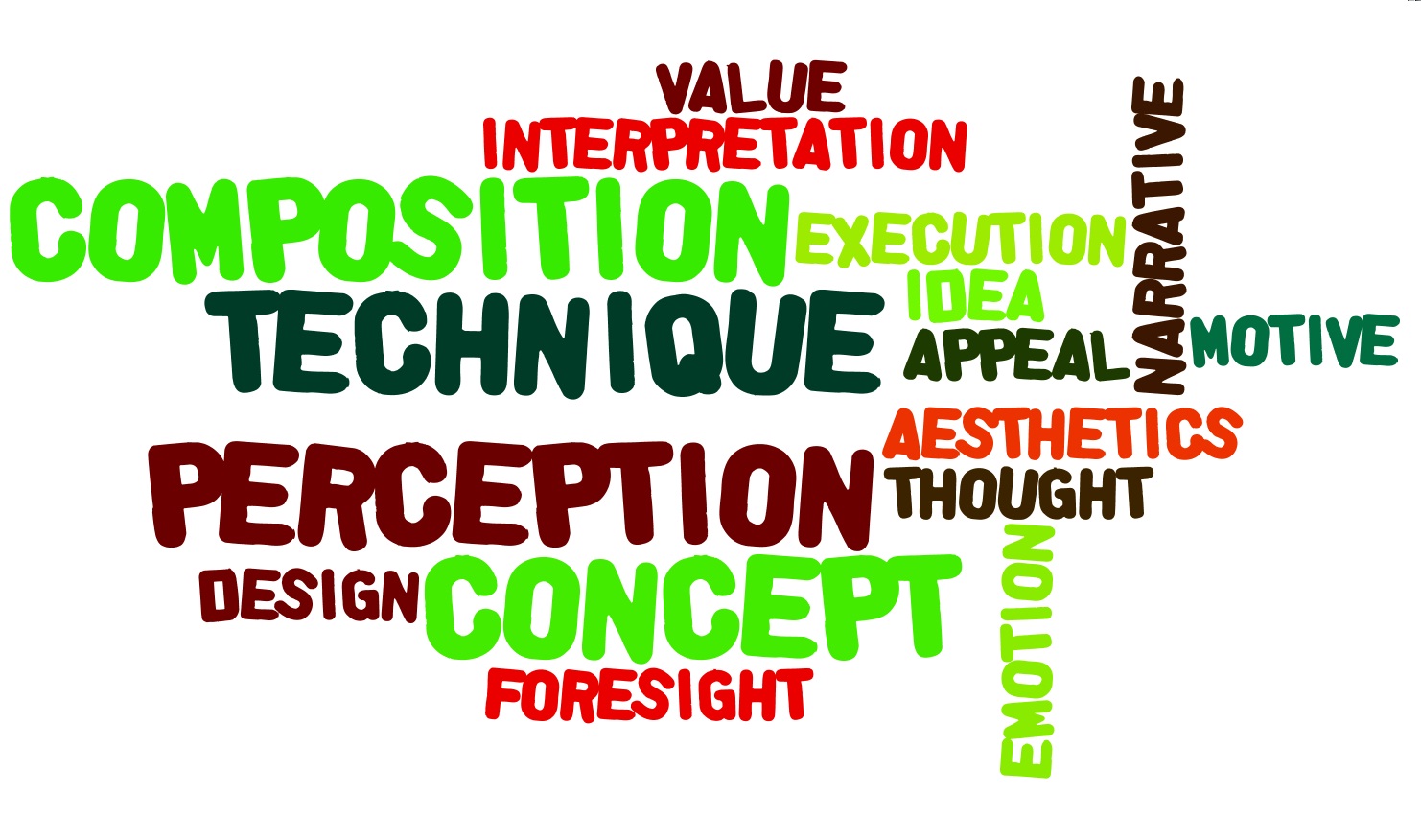Wandering through our contemporary exhibition Variations on Theme recently, I almost forgot I was in a show of the Museum’s collections; recent acquisitions abound! Below are just a few of the more than a dozen newly-acquired artworks in Variations on Theme.
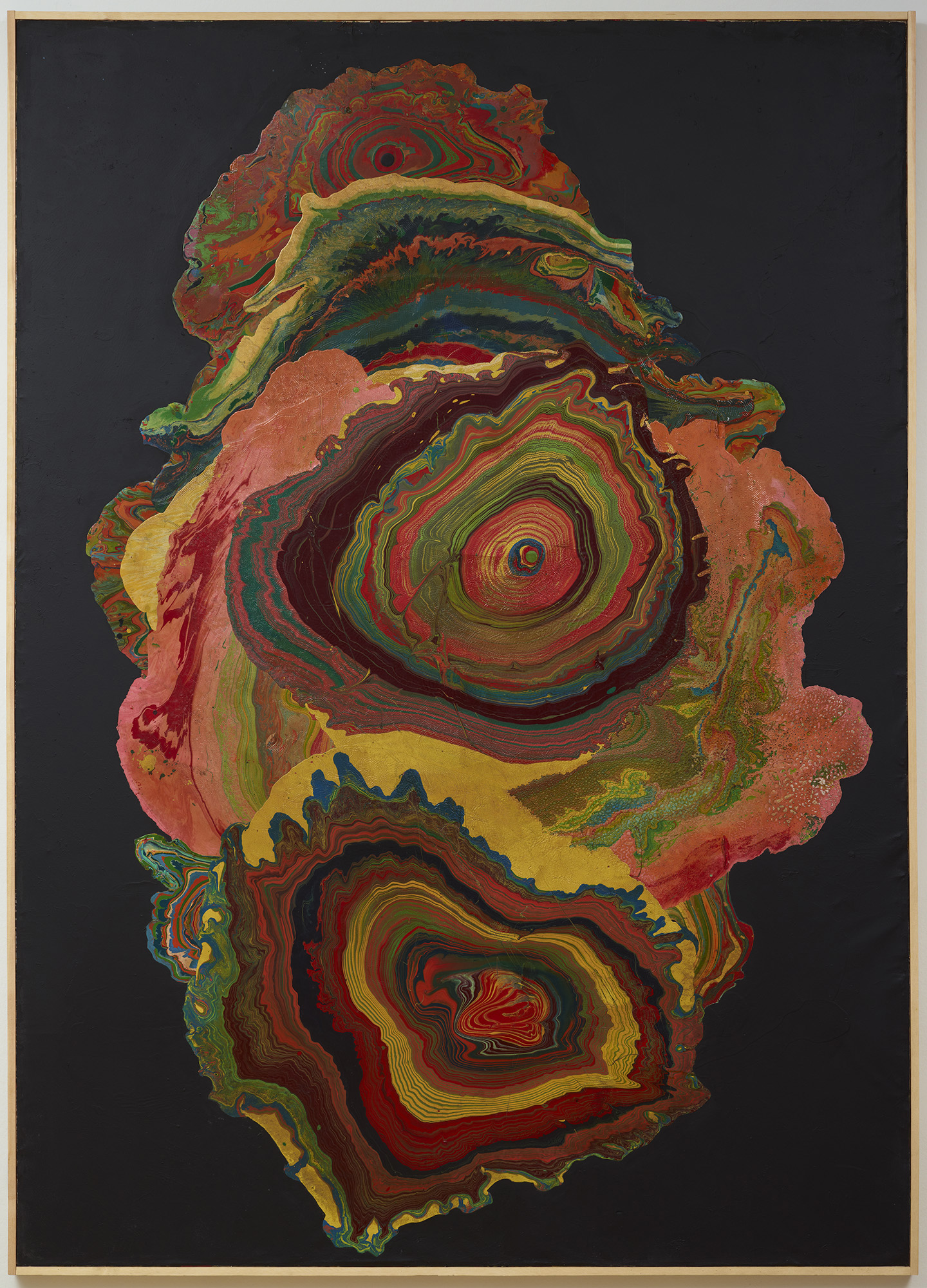
Untitled–Whirlpool, Shozo Shimamoto, 1965, The Rachofsky Collection and the Dallas Museum of Art through the DMA/amfAR Benefit Auction Fund
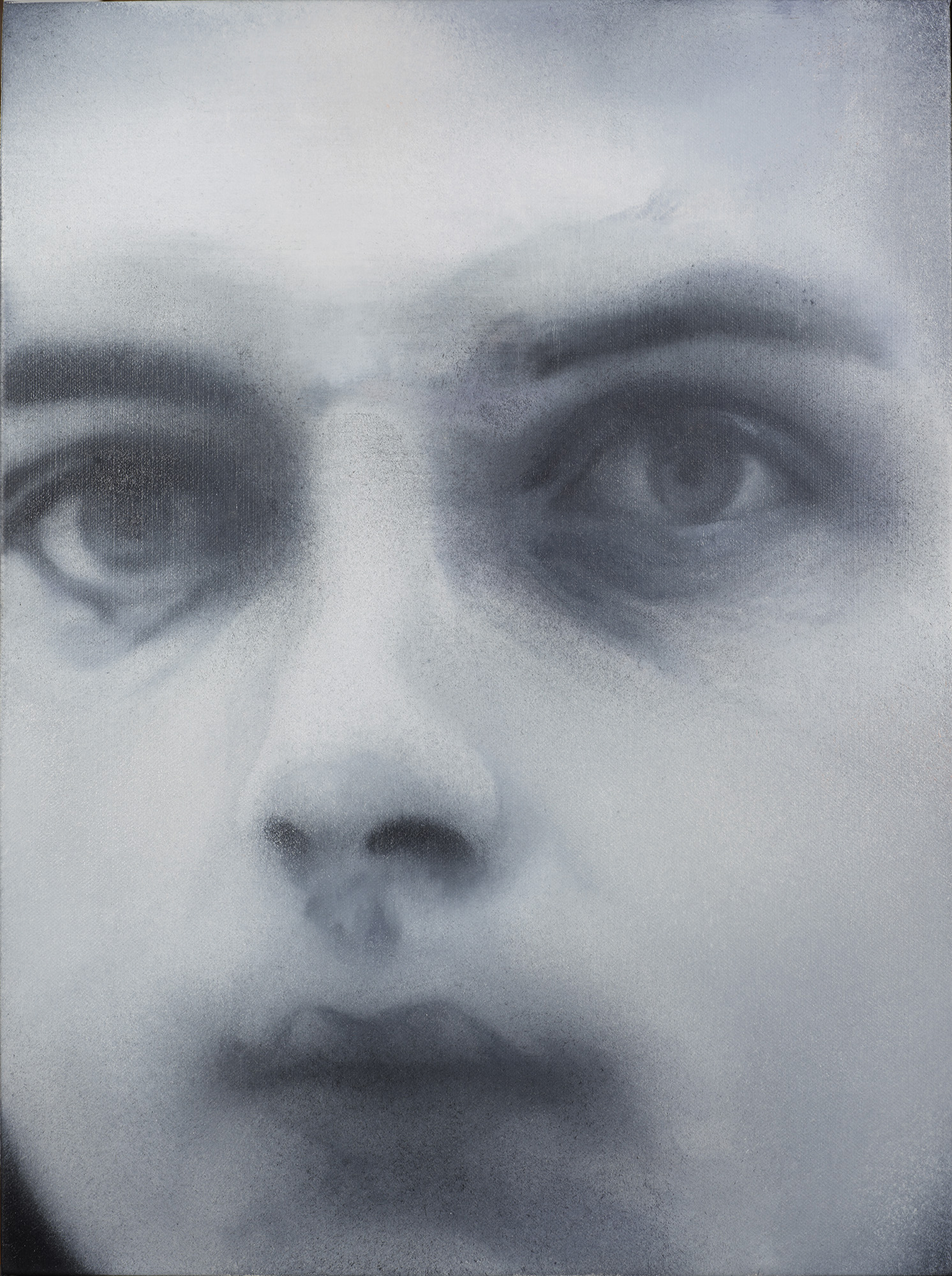
Untitled (young man1), Johannes Kahrs, 2010, Gift of the Buddy Taub Foundation, Dennis A. Roach and Jill Roach
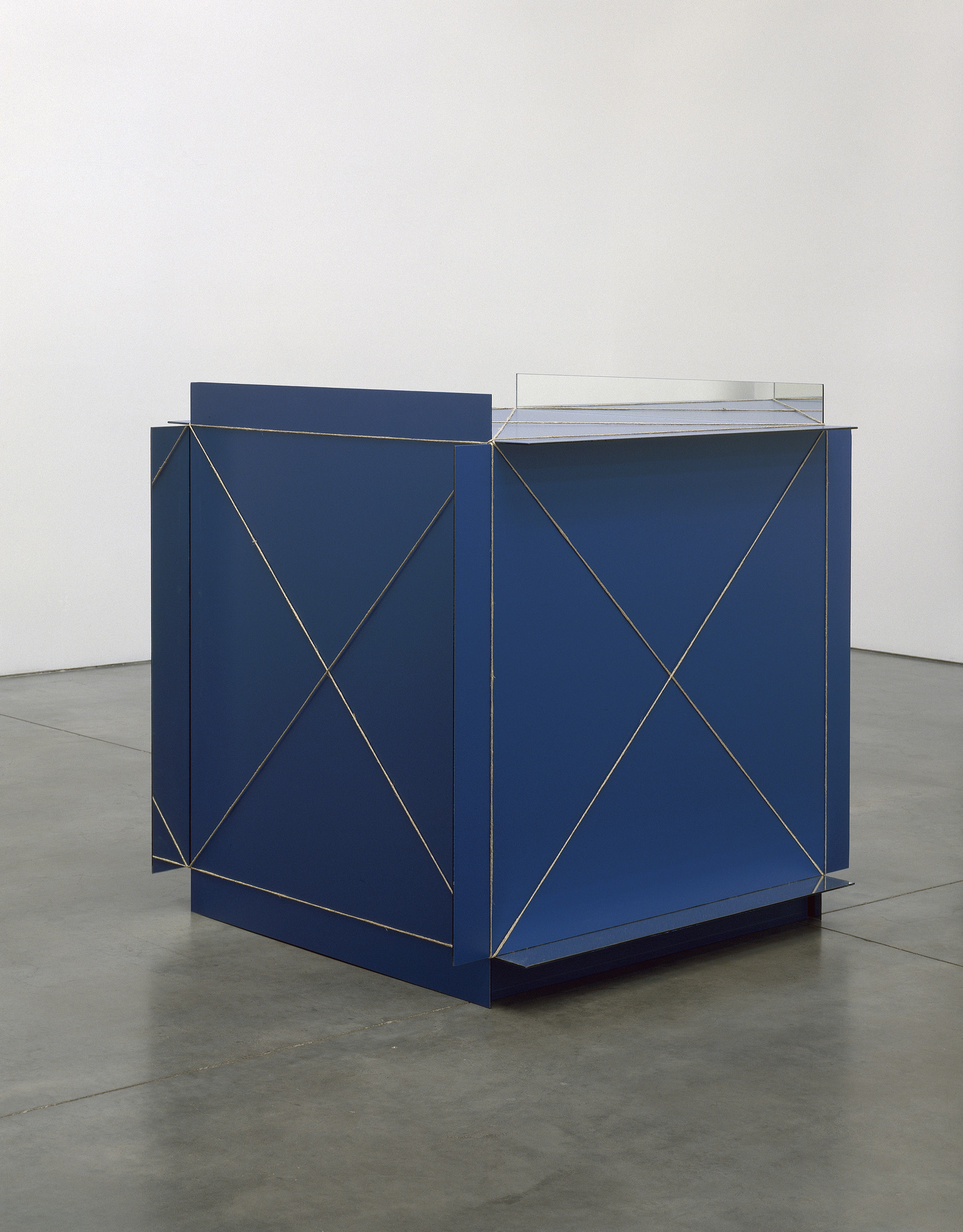
Infinity Cube (Metrocubo d’infinito) (A cubic meter of infinity), Michelangelo Pistoletto, 1966, The Rachofsky Collection and the Dallas Museum of Art through the DMA/amfAR Benefit Auction Fund
These images don’t do the artworks justice, so come see them for yourself before the exhibition closes January 27th.
Amy Copeland
Coordinator of Go van Gogh Outreach
